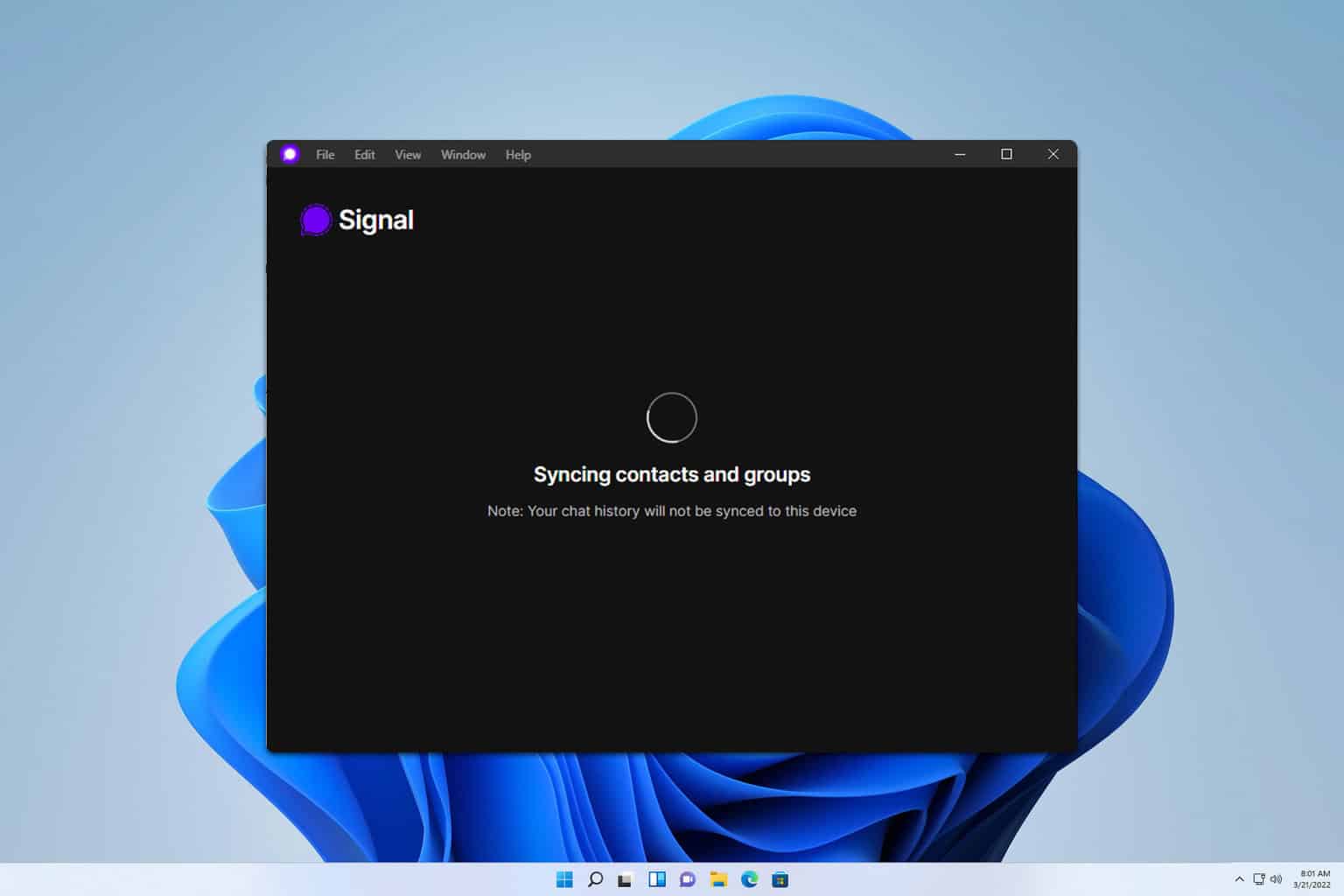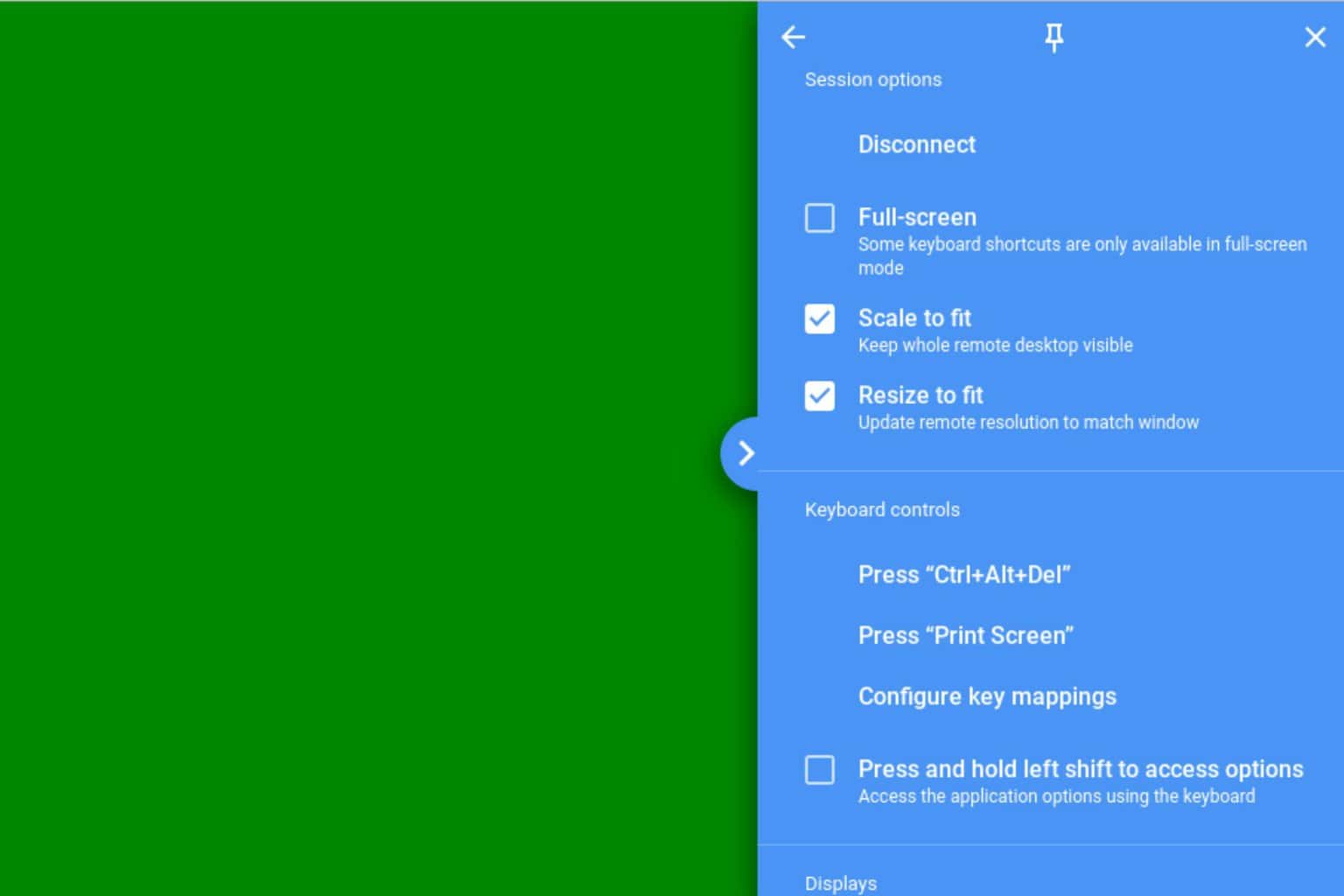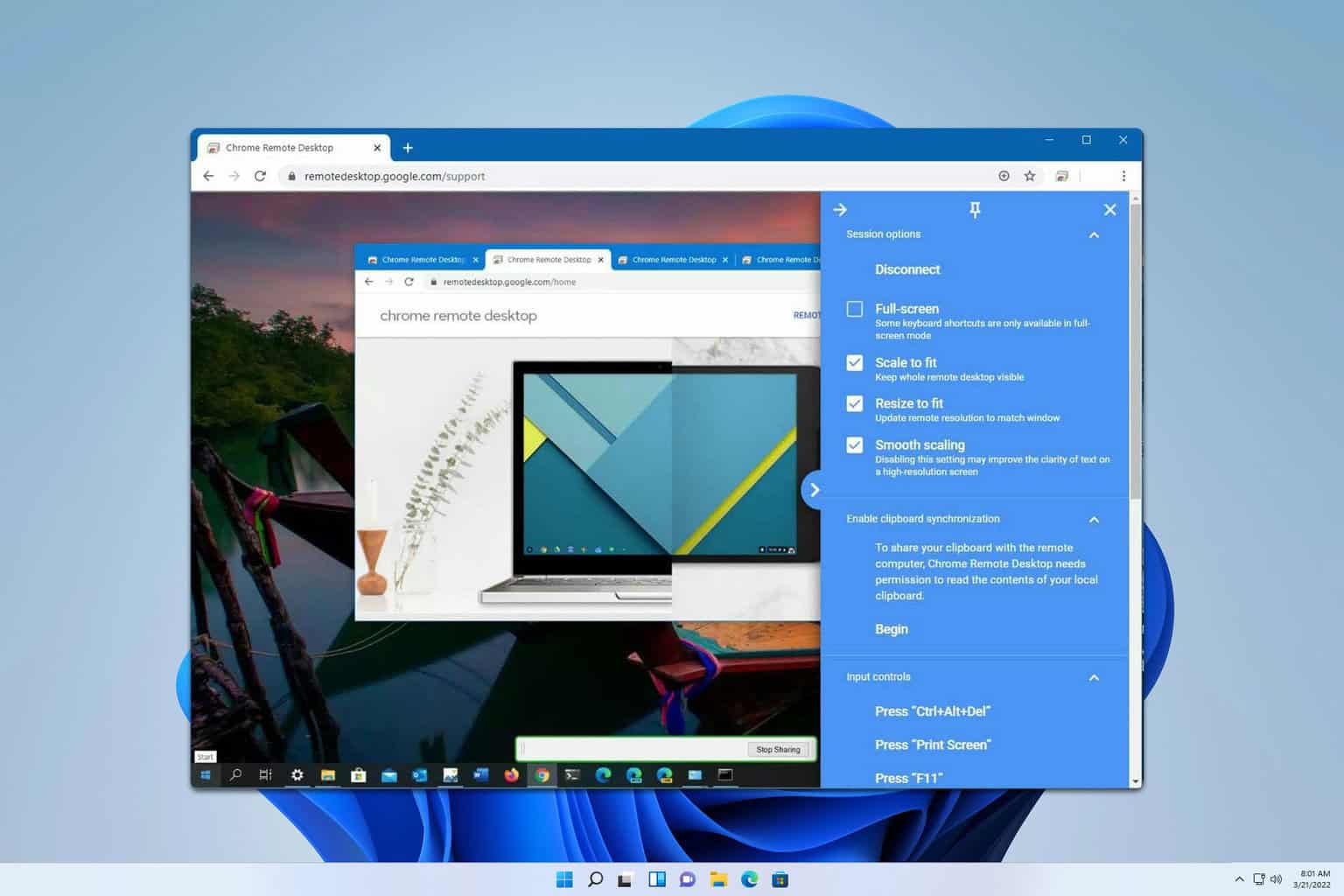Fix Google Chrome not Syncing: Bookmarks, Google account, Tabs
Third-party antiviruses have been found to affect the syncing feature
7 min. read
Updated on
Read our disclosure page to find out how can you help Windows Report sustain the editorial team. Read more
Key notes
- Despite the constant updates, Chrome users still encounter syncing issues.
- In this article, you’ll find useful ideas on how to deal with syncing problems in Chrome.
- The first solution is to try an alternative browser that you can discover by reading on.

Google Chrome is the most popular browser, with a big market share. Despite Microsoft’s attempts to convince Windows users to switch to Edge, the majority runs Google’s browser on their machines. But Chrome not syncing is a common problem faced by many.
Many users complain that the problem is preventing them from using the themes, passwords, and navigation history previously saved in the browser.
I’ve recently upgraded to Windows 10 via a clean install. When installed Chrome and logged in it claimed to have synced but nothing changed. No bookmarks, passwords, extensions, themes, nothing. This is extremely annoying and inconvenient as I’ve been using Chrome for years and I would very much like my data back.
If Chrome is not syncing in Windows, you can use the solutions listed below to fix this problem.
Why does my Chrome keep not syncing?
The very first thing you should verify is that syncing is enabled on Chrome. Also, make sure that the items you are having a problem syncing are not disabled in the browser settings, because that’s often the reason behind the problem.
Third-party antiviruses have been found to affect the syncing feature in Chrome. So, if you have any installed, ensure that it’s not causing trouble.
Extensions are also a likely reason in case Chrome is not syncing between devices. Besides, corrupt browsing data too has been found responsible for this issue.
No matter which of these is the underlying cause on your device, the solutions listed here should eliminate the problem in no time.
Quick Tip:
If you notice that Chrome is frequently faulty when it comes to syncing, perhaps it’s time that you tried an alternative browser.
Opera One comes with customized versions for PC, mobile (including older phones), Mac, or Linux. Besides, you can synchronize the Opera One browser across all your devices, to easily manage all the settings.

Opera One
Switch browsers and get effective syncing between your devices with Opera One.How do I force Chrome to sync?
1. Re-enable sync
- Launch Chrome, paste the following path in the address bar, and click Enter:
chrome://settings/ - Click the Turn off button to disable sync.
- Tick the checkbox for Clear bookmarks, history, passwords, and more from this device, and then click on Turn off.
- Once done, relaunch the browser, head to Chrome’s settings, and click on Turn on sync.
- Enter your login credentials to proceed.
- Click on Yes, I’m in to enable sync.
Oftentimes, the Google account is not syncing in Chrome if the feature has run into an issue. In this case, simply re-enabling syncing should do the job.
2. Check your antivirus
According to users, if Chrome doesn’t sync on your PC, the issue might be your antivirus. An antivirus is a necessity, but certain antivirus tools can interfere with Chrome and cause various problems.
You might want to try disabling certain features of your antivirus and check if that helps. If that doesn’t help, you can also completely disable your antivirus and check if that solves the problem.
If the issue is still present, you might have to remove your antivirus. Hopefully, you won’t have to get that far.
As a matter of fact, we rather advise that you switch to an effective antivirus solution that won’t interfere with other processes running on your PC.
The advantage of scanning your PC with a reliable antivirus, such as ESET HOME Security Essential, is that the tool will also recommend various actions to improve the system processes. This includes getting rid of temporary and junk files, or similar actions.
3. Reinstall Chrome
If you’re having this problem on your PC, you might want to consider reinstalling Chrome. Few users reported that Chrome doesn’t sync on their PC, but they managed to fix the problem simply by reinstalling it.
There are several ways to uninstall an application, but the best is to use dedicated uninstaller software.
We suggest using a professional tool to make sure that the process runs completely without leaving traces in your system, which might cause trouble later on.
Many tools are made for scanning for leftovers after the standard uninstall. It also offers features to remove remnants of already uninstalled programs, if necessary.
4. Reset your passphrase
- Navigate to the Chrome data page.
- Click the Clear Data button at the bottom.
- When the confirmation message appears, click on OK.
This will clear the synced data from Google’s service. However, the synced data will remain on your PC and be used to sync with other devices. Once done, check if the Chrome history not syncing problem is fixed.
5. Update your passphrase
- Launch Chrome, paste the following path in the address bar, and hit Enter:
chrome://settings/syncSetup - Click on Encryption options.
- Depending on which option is selected here, follow the instructions provided below.
- Encrypt synced password with your Google account: If you see this message, enter your previous Google Account name and password.
- Encrypt synced data with your own sync passphrase: If you see this message, enter the sync passphrase that you first set.
If the Chrome profile is not syncing, try this method to get things up and running. If it doesn’t work, head to the next one.
6. Disable and enable sync on a different PC
- Launch Chrome on another computer, paste the following path in the address bar, and hit Enter:
chrome://settings/syncSetup/advanced - Select Customize sync, and disable all the options listed here.
- Wait for a few minutes, and then turn back all syncing options.
After doing that, switch back to your main PC and check if the Chrome not syncing open tabs problem is resolved.
If you have the same sync problem with Google Drive, be sure to check our guide to solve the issue quickly.
7. Log out of Chrome on all devices
- Launch Chrome, click on the Profile icon near the top-right corner, and select Manage your Google Account.
- Again, click on the Profile icon, and select Sign out.
- Once you are signed out, click on Sign in again, and enter your account credentials.
After signing out on all devices, sign in to just two devices and check if syncing works. If it does, you can slowly sign back into other devices as well. This should fix the Chrome not syncing passwords problem.
8. Clear cache
- Launch Chrome, and press Ctrl + Shift + Del to launch the Clear browsing data window.
- Select All time from the Time range dropdown menu.
- Select the three items listed here, and click the Clear data button.
After doing that, your cache and temporary files will be removed and the sync should start working again. If not, be sure to remove these on all synced devices. This would fix the Chrome not syncing extensions problem.
Why are my Chrome bookmarks not syncing across devices?
If you notice that Chrome bookmarks are not syncing in Windows 10, the problem most likely lies with the browser settings. And the solutions listed here should do the trick.
Also, make sure to check that you have Bookmarks enabled under syncing. If nothing else works, installing the latest version of Google Chrome would help, in case you haven’t updated the browser in a while.
Also, find out what to do if Chrome is not loading pages properly. Moreover, if you want to know how to change your default Google Account on Chrome, we have just the guide for that.
As always, if you’ve found other workarounds for this issue, help the community and list them in the comments section below.























User forum
3 messages